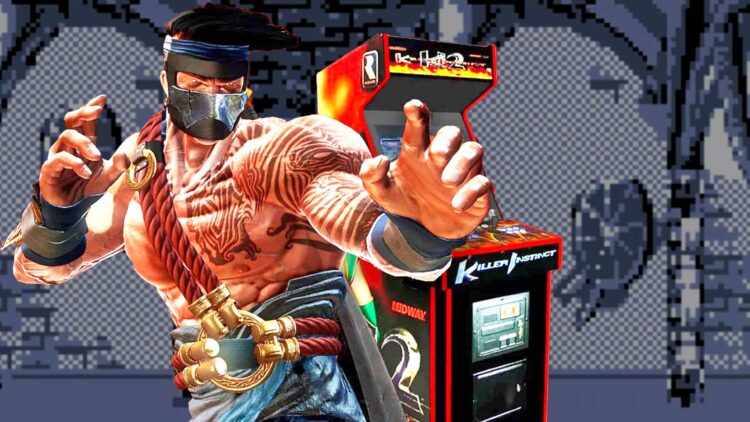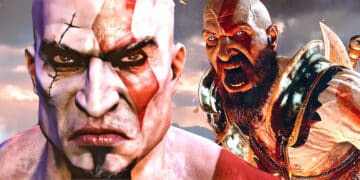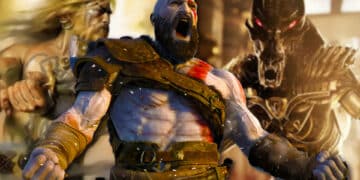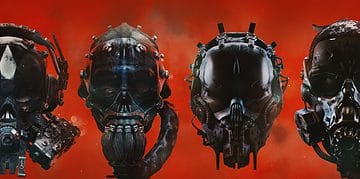The debate about which is the best fighting video game of all time is a toss-up between Mortal Kombat and Street Fighter (with Tekken and King of Fighters peeking through the bushes every so often). Yet, it’s strange how Killer Instinct has all but disappeared from the conversation and most gamers wouldn’t even think twice about it when prattling off names. Granted, it has only had three games released in the franchise’s series – but judging by the demand for the genre, one would expect it to generate a little more hype.
So, why isn’t Killer Instinct more fondly remembered and regarded as a serious fighting game? Well, there are several reasons for this that might help to paint a full picture. Let’s head to the snazzy DeLorean in the garage and go back in time to find out more about this fighting franchise and why it doesn’t stand a fighting chance today.
The History of Killer Instinct
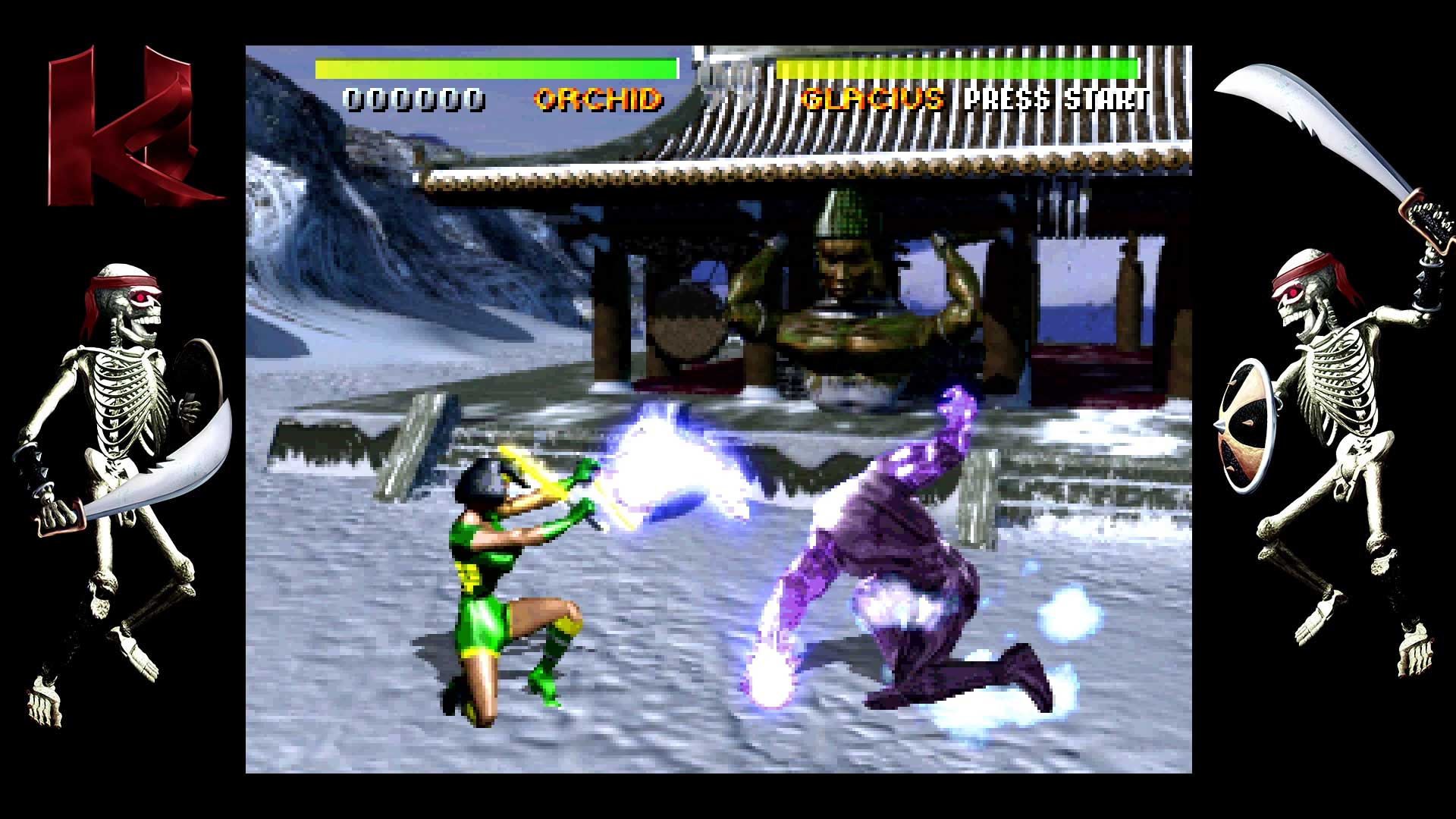
Developed by Rare, Killer Instinct arrived in arcades in 1994. Released a little while before Mortal Kombat 3, the fighting game featured impressive graphics, the ability to execute combo moves, and two life bars instead of the traditional best of three rounds matchups. The audience also had their jaws on the floor as the characters included the likes of werewolf, velociraptor, and skeleton in action. Who wouldn’t be wowed by that?!
The biggest problem that Killer Instinct suffered was a delayed home release, as it only arrived on home console almost a year after rocking the arcades. Due to Rare’s partnership with Nintendo, it was meant to be a big game for the Nintendo 64, but it had to downgrade its expectations for the SNES and Game Boy. By that time, MK3 had captured the cultural zeitgeist and it was a hard sell to get gamers to give up their cash for a bona fide worldwide smash hit over a glossy newcomer. A wider release to the Sega Genesis might have assisted the issue here.
Two years later, Killer Instinct 2 was released in 1996, but it only debuted in arcades and its SNES port was never released to the public. From there, the franchise all but disappeared.
The 2013 Reboot
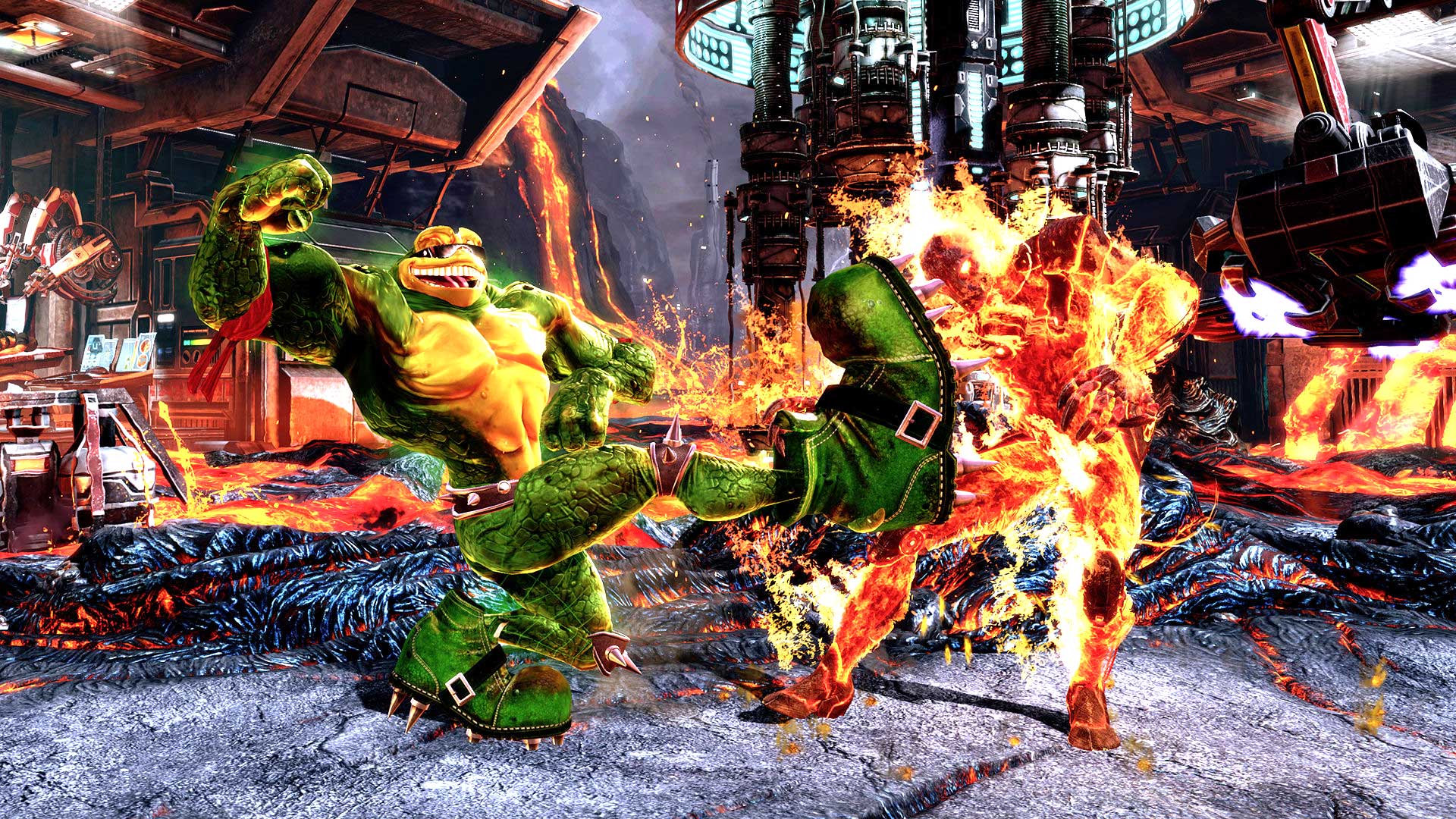
Again, Killer Instinct‘s ambition appeared to be its own albatross. Published by Microsoft Studios, the first season of the 2013 reboot was developed by Double Helix Games, with Iron Galaxy developing the next two seasons of content. The rebooted Killer Instinct arrived for the Xbox One and PC, receiving praise for its unique combat system and performance. However, it was also criticised for the lack of content upon release and not being ported to other platforms such as PlayStation 4.
While Xbox players enjoyed the game, the rest of the world all but forgot that Killer Instinct was even a thing. Instead of stepping out as a big fighting game to challenge the grip of Street Fighter and Mortal Kombat on the market, it was an impressive free-to-play game that languished in the obscurity of nostalgia more than anything else. Once again, it brought up the question of why no one had learnt the same lesson from before?
The Eternal Champions Effect
Killer Instinct is reminiscent of another 1993 fighting game: Eternal Champions. Interestingly enough, Eternal Champions was released exclusively on the Sega Genesis, mirroring what Killer Instinct would do on Nintendo. It also boasted innovations to its combat system and featured a wide roster of over-the-top characters.
Yet, apart from the weird platform releases, Killer Instinct and Eternal Champions share another common problem: The lack of compelling characters. While they might have looked cool and stood out at the arcade, what else did they do to draw gamers in? Think of Sub-Zero, Scorpion, Ryu, and Blanka as prime examples: They all have deep, rich history that keeps gamers coming back to find out how their arcs evolve. While the fighting draws the player in, it’s the story that keeps them returning.
Killer Instinct has an intriguing premise and great-looking characters, but the developers never gave this part of the game the attention it needed. Simply put: It’s the equivalent of having a beautifully shot film, without the right cast and story to keep the audience invested. The only question is: Is it too late for the game to return for a fourth time?
RELATED: Doom Is Now Playable In A PDF—Who Needs Excel Anyway?


